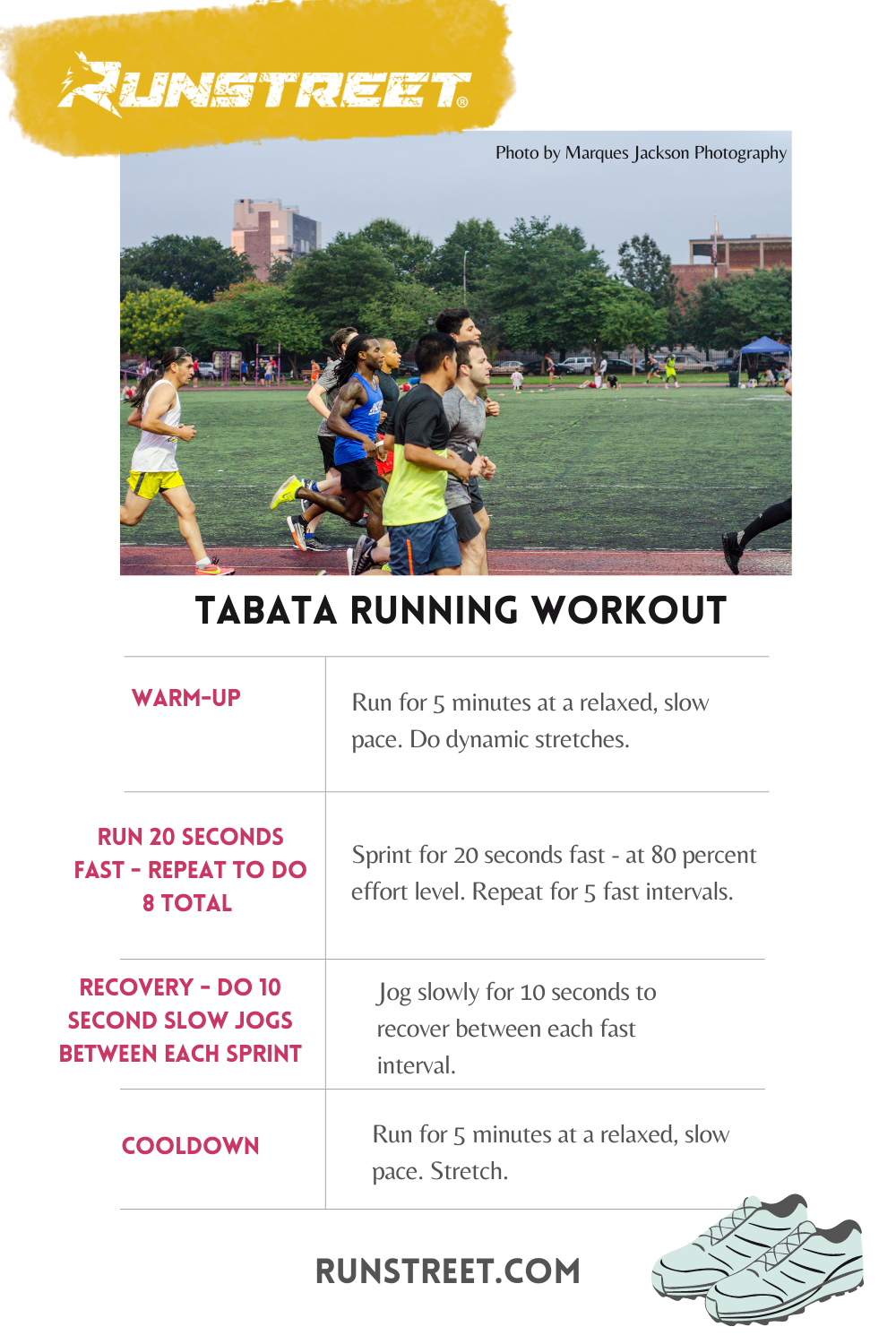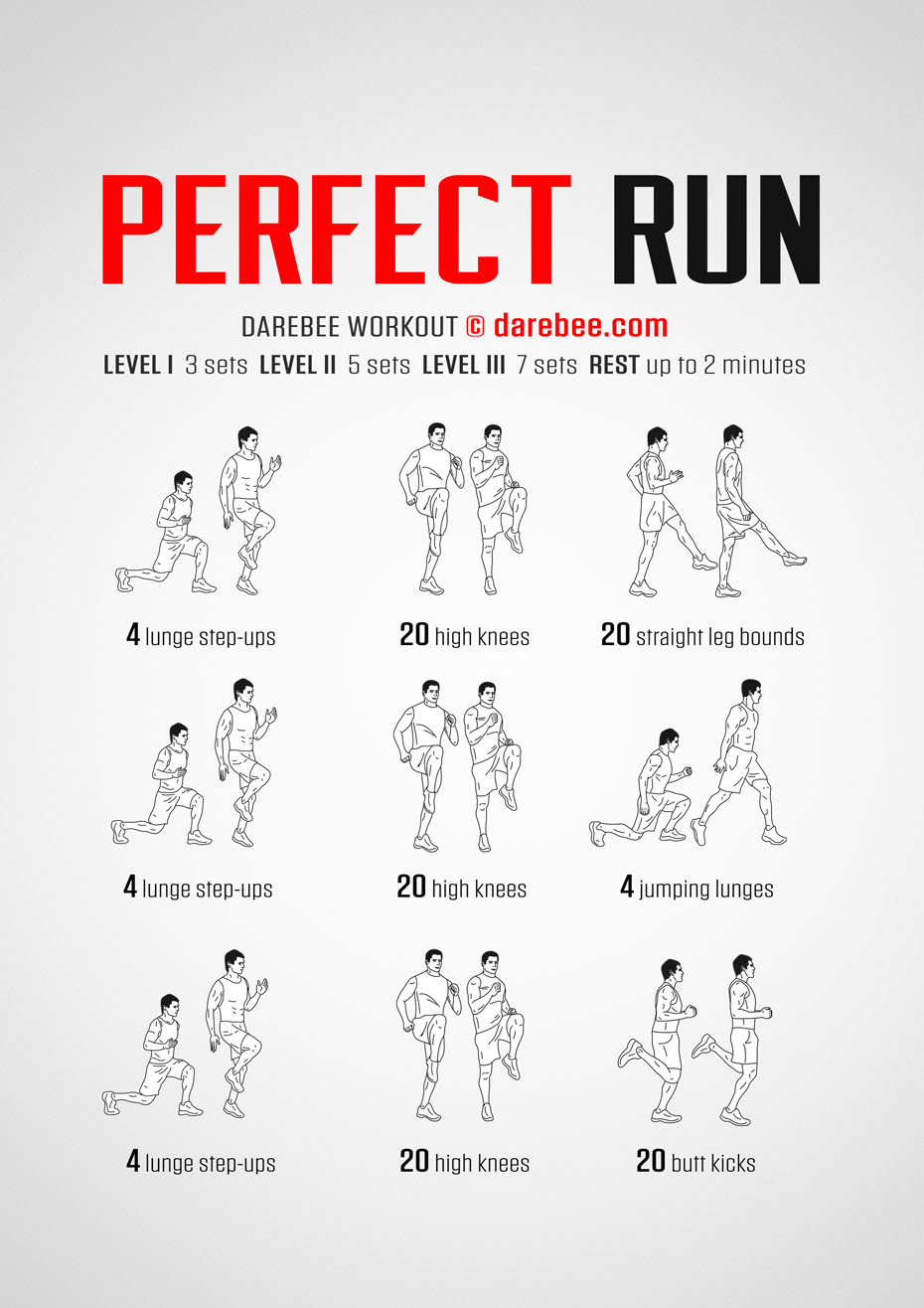The Ultimate Running Strategy Guide: Achieve Your Physical Fitness Goals
The Ultimate Guide to Handling Discomfort When Running
Whether you are a seasoned marathoner or just starting your running journey, recognizing the numerous kinds of discomfort that can emerge and the strategies to address them is critical. From pre-run warm-up routines to proper footwear selection, there are numerous variables to take into consideration when it comes to dealing with discomfort while running.

Understanding Different Kinds of Running Pain
When running, it is necessary to compare various types of pain to avoid injuries and make best use of performance (Read More). One typical kind of pain that joggers may experience is muscular tissue discomfort, which commonly develops from the stress and anxiety placed on muscle mass during exercise. This type of discomfort is usually a normal component of the running process and can be managed via correct workout, cool-down, and extending regimens
An additional kind of discomfort to be knowledgeable about is joint discomfort. Joint discomfort can show issues such as overuse, incorrect form, or underlying conditions like arthritis. Neglecting joint discomfort can cause much more serious injuries, so it is essential to address any type of discomfort promptly and possibly look for specialist recommendations.
In addition, sharp or stabbing discomforts ought to not be neglected. These kinds of discomfort can signify intense injuries such as pressures, strains, or stress fractures - running workout. Remaining to go through these sorts of pain can exacerbate the injury and extend recuperation time

Pre-Run Workout and Extending Routine
To prepare the body for a running session, implementing an effective pre-run warm-up and stretching routine is essential. A proper workout assists enhance blood flow to the muscle mass, improves flexibility, and decreases the threat of injury throughout the run. Start with dynamic stretches like leg swings, arm circles, and high knees to progressively elevate your heart rate and chill out the muscle mass. Dynamic extending assists imitate the activities you'll be doing while running, preparing your body for the activity ahead. Follow this with fixed stretches concentrating on significant muscular tissue groups such as the hamstrings, quadriceps, calf bones, and glutes. Hold each stretch for regarding 15-30 secs without jumping to promote muscular tissue relaxation and adaptability. Keep in mind to listen to your body and readjust the intensity of your warm-up based on your health and fitness level and any pre-existing problems. By including a constant pre-run workout and stretching regular right into your running regimen, you can maximize efficiency and minimize the threat of discomfort or injury.
Correct Shoes Option and Fit
Choosing suitable footwear that fits well is vital for joggers to stop pain and lower the danger of injuries. Ill-fitting footwear can lead to sores, black nails, shin splints, and various other agonizing problems that can impede efficiency and sideline training. When selecting operating shoes, it is vital to consider elements such as foot kind, running stride, arch support, cushioning, and shoe size. running workout. Going to a specialized running shop for a stride analysis and specialist installation can aid make sure that you choose the right shoes for your specific requirements. Running shoes should supply ample support and security while additionally fitting and lightweight. In addition, it is recommended to replace your operating shoes every 300-500 miles to keep appropriate padding and support. Spending in high-quality footwear that is suitable for your running style and foot composition is an aggressive action in the direction of stopping discomfort and injuries throughout your runs.
Nourishment and Hydration Tips for Pain Avoidance

Hydration is just as important for joggers to avoid aches, dehydration, and other discomforts that can lead to discomfort during running. By prioritizing nourishment and hydration, runners can improve their efficiency, reduce discomfort, and enjoy a much more comfy running experience.
Post-Run Recovery Techniques to Alleviate Discomfort
Implementing effective recovery methods is vital for easing discomfort and advertising muscular tissue recuperation after running sessions. In addition, topping aching locations for 15-20 mins can assist minimize inflammation and numb pain post-run.
Taking in a balanced snack or dish that includes protein and carbohydrates within 30 mins of finishing a run can help fix muscle mass tissue and replenish power shops. By incorporating these post-run recuperation techniques into your regimen, you can successfully handle pain and maximize your running performance.
Conclusion
Finally, resolving different types of running discomfort with proper see here workout, stretching, shoes choice, nutrition, hydration, and post-run healing techniques is essential for discomfort prevention and management. By recognizing the sources of discomfort and applying these strategies, joggers can reduce pain and prospective injuries. It is crucial to focus on overall physical health and wellness and well-being to make sure a successful and pleasurable running experience.